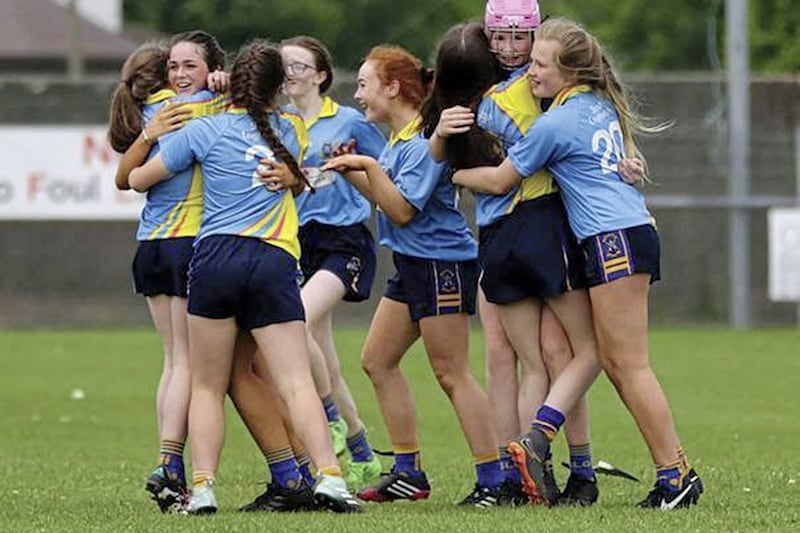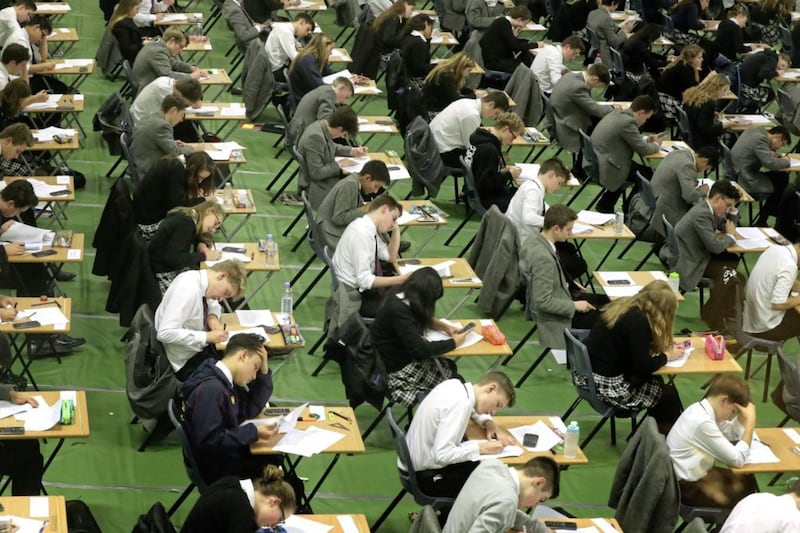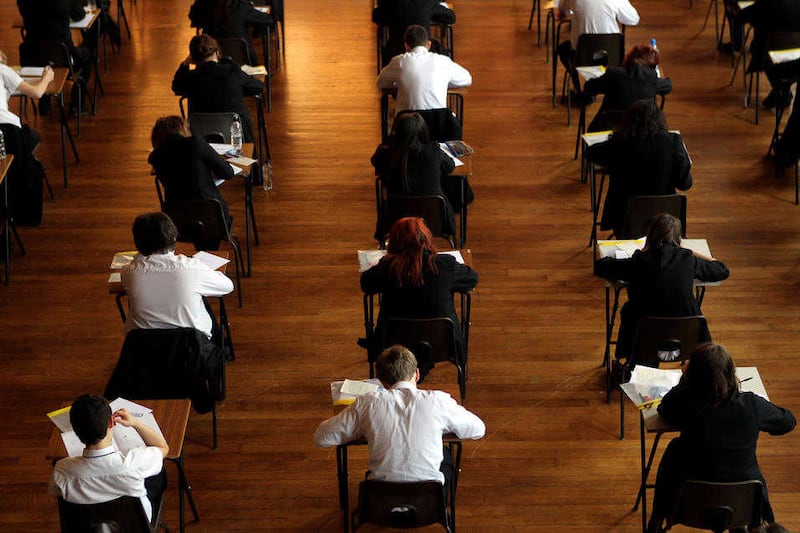SCHOOL league tables are divisive - of that there is little doubt.
But good or bad, they are a talking point.
The Irish News introduced school performance lists in 2006.
There had been no rankings from 2001 when former education minister Martin McGuinness scrapped them. The Conservative Party had originally introduced them in 1993 and official data is still published by the Department for Education in England.
Between 2001 and 2006, schools in the north continued to celebrate their results and achievements in prospectuses while the Department of Education kept compiling them.
Results for the last four academic years for every post-primary school can also be found on the department's website, if you know where to look. It isn't screamingly obvious.
Critics of unofficial tables make a somewhat valid point. The A*-C benchmark is too wide and the tables can, therefore, be ambiguous.
A school with 100 per cent C grades would rank higher than another with 99 per cent A*, for example.
While individual schools will have access to more grade-specific data, the Department of Education only shares the proportion achieving A*-C.
The north's CCEA exams board will break it down further into those scoring A*-A only, but for all schools combined.
The percentages can also be skewed at a school that has small numbers taking, or being entered for, exams. Some schools will deny pupils the chance to enter GCSEs, meaning they are invisible from government statistics. In some cases, more than one quarter of GCSE-age pupils do not sit exams.
There are almost 50 secondary schools that have fewer than 100 pupils in their sixth forms, so results can fluctuate from year to year.
Catholic schools have dominated the lists since their introduction. By and large, the same names appear. St Louis, St Dominic's, St Catherine's, Rathmore, Lumen Christi, St Louise's - have all sat atop the perch on more than one occasion.
Over the last few years an increasing number of non-Catholic schools have begun occupying some top spots.
Castlederg High was the first-placed non-grammar school last year while Regent House in Newtownards has steadily improved to the point it is now second overall among grammars.
Children's transfer forms have been sent to the Education Authority this week. Parents will receive a letter at the end of May from the post-primary school at which their child has been placed.
Between now and then it is likely many will pore over reams of freely available data including these tables. Of course it is no predictor of how the cohort in any one school will fare in five, six or seven years. But it will give them something to talk about.








